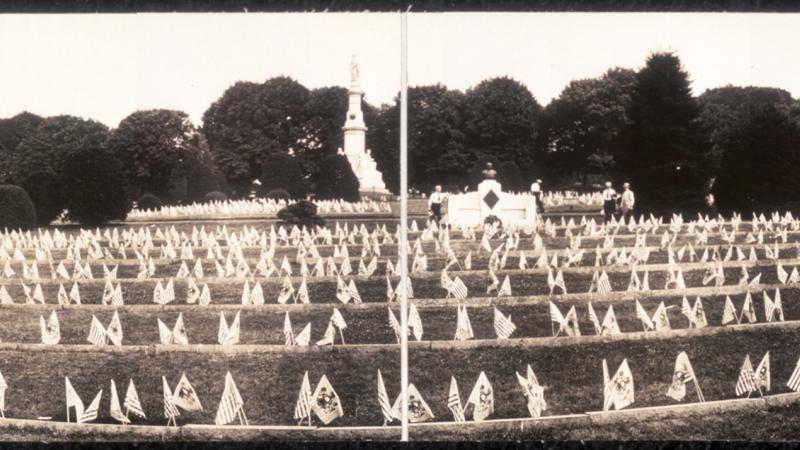War is often seen as a tragic hallmark of modern civilization, but evidence suggests that organized violence has deep roots in human history. One of the most striking discoveries comes from a 13,000-year-old burial site in Jebel Sahaba, Sudan, where archaeologists unearthed mass graves filled with men, women, and children bearing the marks of brutal conflict. This site, dating back to the late Stone Age, may represent the oldest known evidence of large-scale warfare.
What can these ancient bones tell us about the origins of human conflict? And how does this prehistoric violence mirror the struggles we still face today?

1. A Glimpse into a Violent Prehistoric Struggle
The Jebel Sahaba site, discovered along the Nile River in the 1960s, contained at least 61 skeletons—nearly half showing signs of violent trauma. Arrowheads and spear points were embedded in bones, skulls bore crushing injuries, and many victims appeared to have been killed in multiple attacks rather than a single battle.
What makes this discovery so haunting is the indiscriminate nature of the violence. Unlike later wars, where combatants were often male warriors, these graves held men, women, and children—suggesting entire communities were targeted. Some skeletons showed healed wounds, indicating that conflict was not a one-time event but a prolonged struggle, possibly over dwindling resources as the last Ice Age reshaped the environment.
This paints a grim picture: even before cities, agriculture, or written language, humans were capable of organized, sustained violence. The reasons—competition for food, territory, or survival—may not be so different from the root causes of modern wars.
2. Echoes of the Past in Modern Conflicts
The tragedy of Jebel Sahaba forces us to confront an uncomfortable truth: warfare is not a modern invention but an ancient part of the human experience. The same impulses that drove prehistoric groups to fight—fear, scarcity, the need to protect one’s own—still fuel conflicts today.
Yet there is also a key difference. While early humans may have had little choice but to fight for survival, modern societies have the knowledge and resources to seek alternatives. The lesson of Jebel Sahaba is not that war is inevitable, but that it has always been a costly, devastating choice—one that humans have struggled to move beyond for millennia.
A Reminder of Our Shared Humanity
The bones of Jebel Sahaba are more than archaeological curiosities—they are a testament to humanity’s long, painful relationship with violence. They remind us that war is not a recent aberration but an ancient challenge we have yet to fully overcome.
As we study these early conflicts, we gain insight into our own capacity for both destruction and cooperation. The hope is that, unlike our ancestors, we can find better ways to resolve our differences—before the next mass grave becomes part of history.
